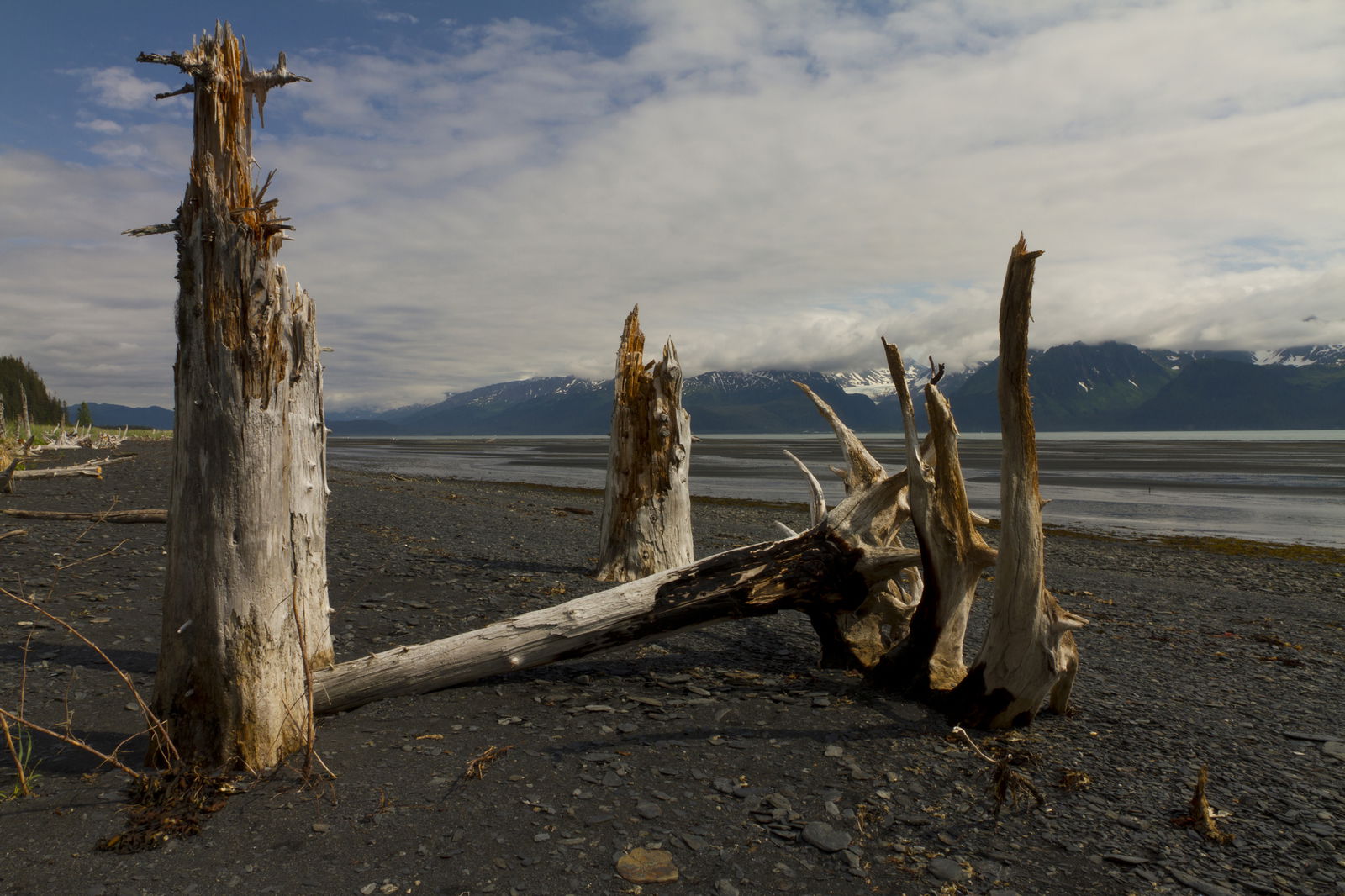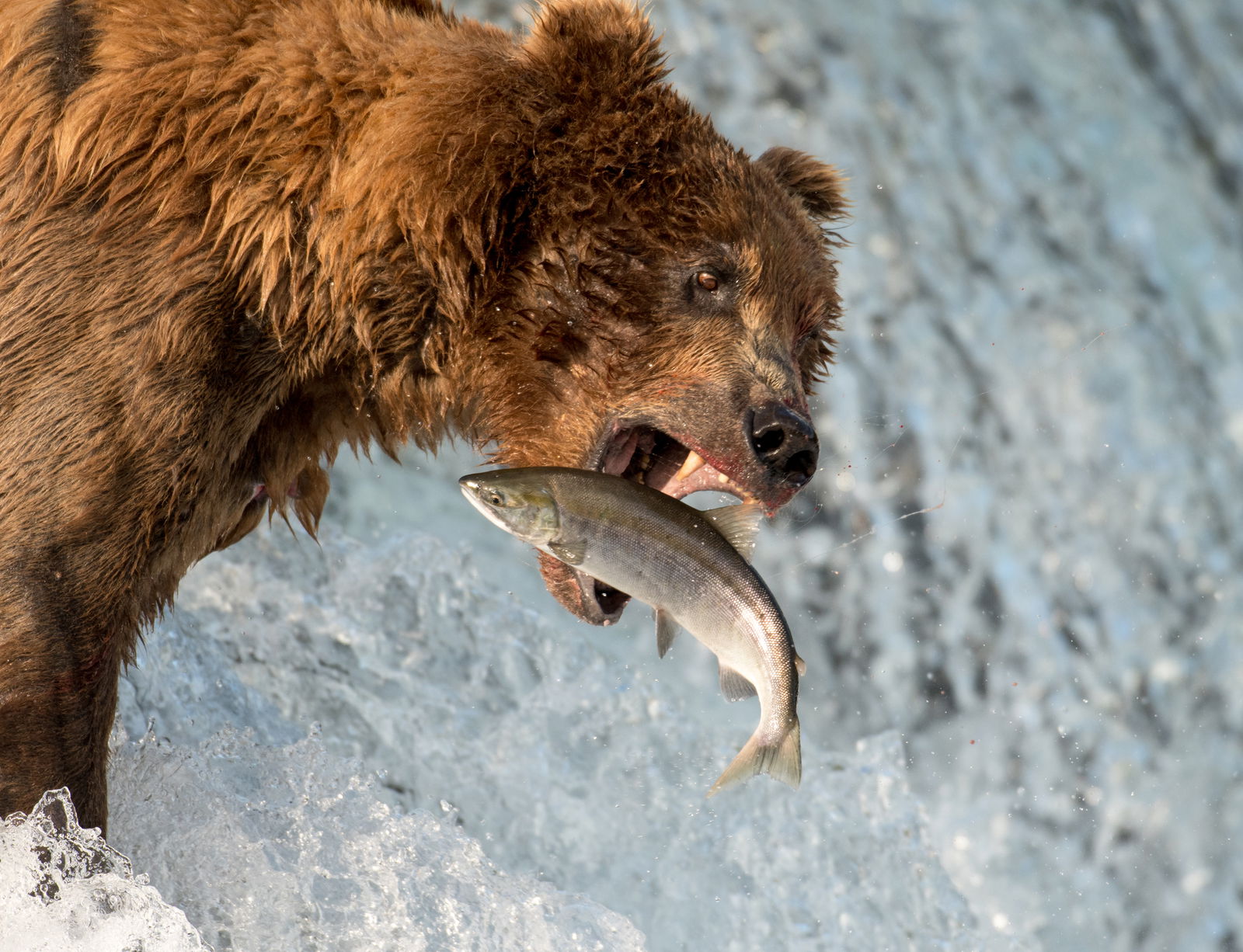

This rare sighting is only possible in extremely cold conditions. While it looks like JJ Abrams got his hands on this camera with his signature lens flares, the truth is that this is visible to the naked eye. It’s caused by the refraction of sunlight in ice crystals in the atmosphere. Therefore, you need some precipitation, and below freezing temperatures along with mostly clear skies. Alaska is the perfect location to catch a sight.

Just outside of Anchorage is the Turnagin Arm which is Alaska’s most famous bore tide. A bore tide is a natural phenomenon when the tides are so strong that they create a wave up streams and rivers which can last for miles. It might sound somewhat boring (hence the name?) but surfers travel to other continents to jump on their boards and ride the wave for miles at a time.

You may not realize this but Alaska hosts over 50 earthquakes each year of magnitude 5-7. Magnitude of 4-5 is over 300! By comparison, California usually doesn’t experience more than 20 over magnitude 4 per year. The good news with Alaska is there really isn’t a lot of man-made infrastructure to cause unnecessary danger; except for that toppled tree, tragic.

Did you know that the United States has the most volcanoes out of any country in the world? And no, it’s not thanks to Hawaii, necessarily, it’s thanks to the great state of Alaska. With 130 volcanoes in the state, you’re actually missing out on a huge natural wonder by not visiting a few on your excursions within the state.

With an estimated 100,000 glaciers, you’re bound to stumble over one of the giant crawlers at some point. About 60% of those are officially named and some are large enough to not only land a helicopter on top of, but you can also check off another bucket list item by going on a dogsled ride…on a glacier!

Like sharks, icebergs are a thing of the sea that has a bad rap thanks to Hollywood. Lessons learned are don’t chum waters before going for a swim, and don’t call a ship unsinkable when it’s a giant hunk of metal floating alongside huge ice cubes that outweigh the vessel. Anyway, icebergs are surprisingly gorgeous, and always changing both in shape as well as location.

Brooks Falls in Katmai National Park is where the salmon run funnels to a smorgasbord for some of the hairy locals: grizzlies. Every June to August grizzlies gravitate to the falls with the anticipation of feeding on tasty salmon. The crowds can grow here, but it’s well worth it to see such a volume of brown bears in the same area. And you just may get that iconic shot of a fish jumping into the bear’s mouth.

It’s the highest peak in North America at over 20,000 feet which says a lot for state ¾ surrounded by ocean. There are a number of ways to see the mountain, from a helicopter, at its base, or from miles away as it pokes into the sky along the horizon. You may have heard about the mountain as a child when it was called McKinley but it has since been renamed in honor of indigenous people to Denali.

The Aurora Borealis (or Northern Lights) is a phenomenon that involves solar activity which interacts with the natural polarity of the Earth creating gorgeous greens, reds, and purples of dancing light far above the surface of the planet, yet viewable at certain times. Some people confuse that the farther north you go, the better chance of seeing the lights you have; this actually isn’t exactly true. In fact, the Aurora is really more a ring above the planet and so you can go too far north. The ideal locations in Alaska (under said ring of light) would be just north of Fairbanks such as Fort Yukon.

No state or province in North America can provide quite the prolific wildlife sightings as is potential in Alaska. Only here do you have such amazing sightings of grizzlies (Katmai Coast), caribou (interior), and polar bears (north), not to mention the marine life such as several species of whales and porpoises (like orca).
